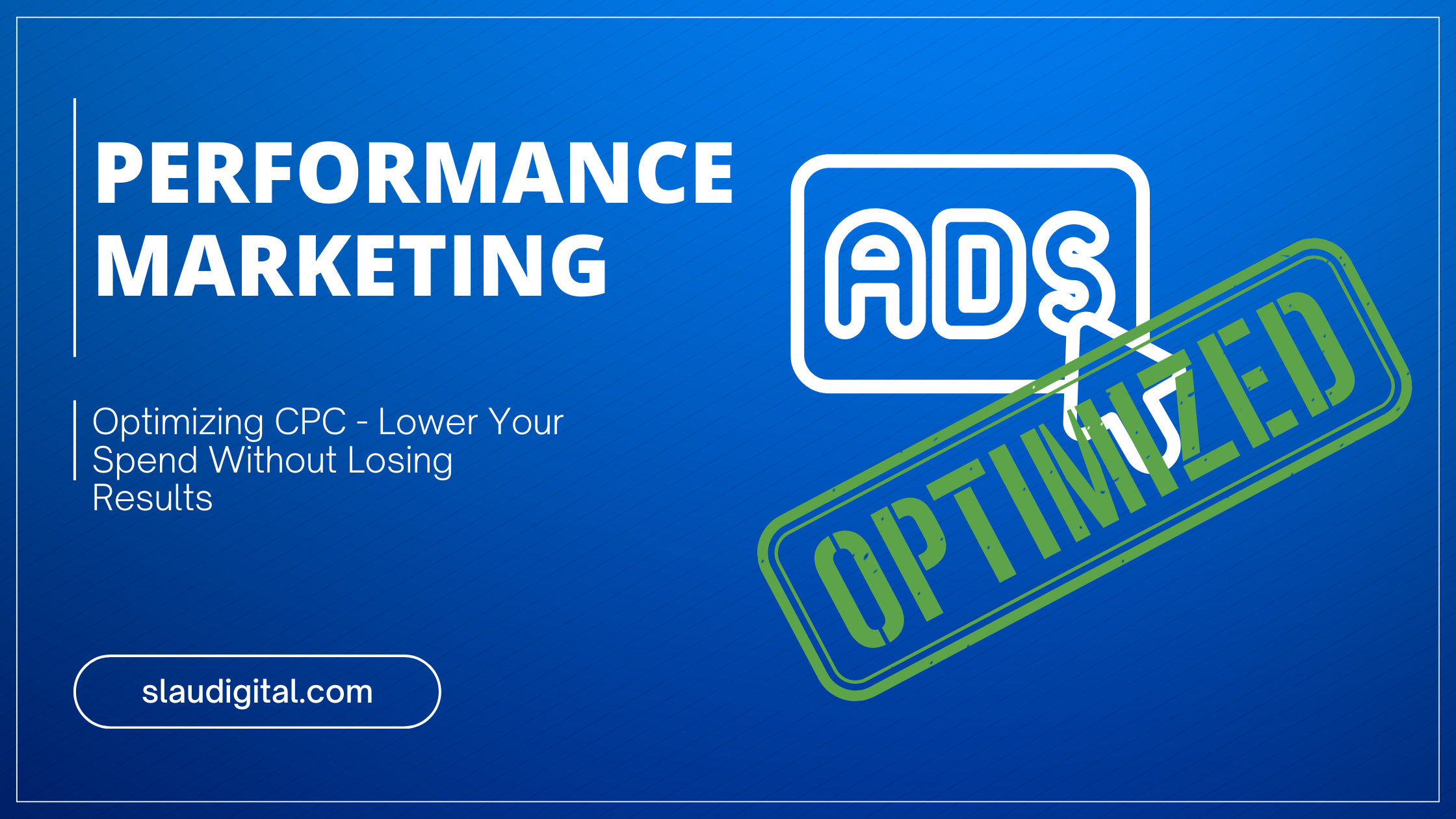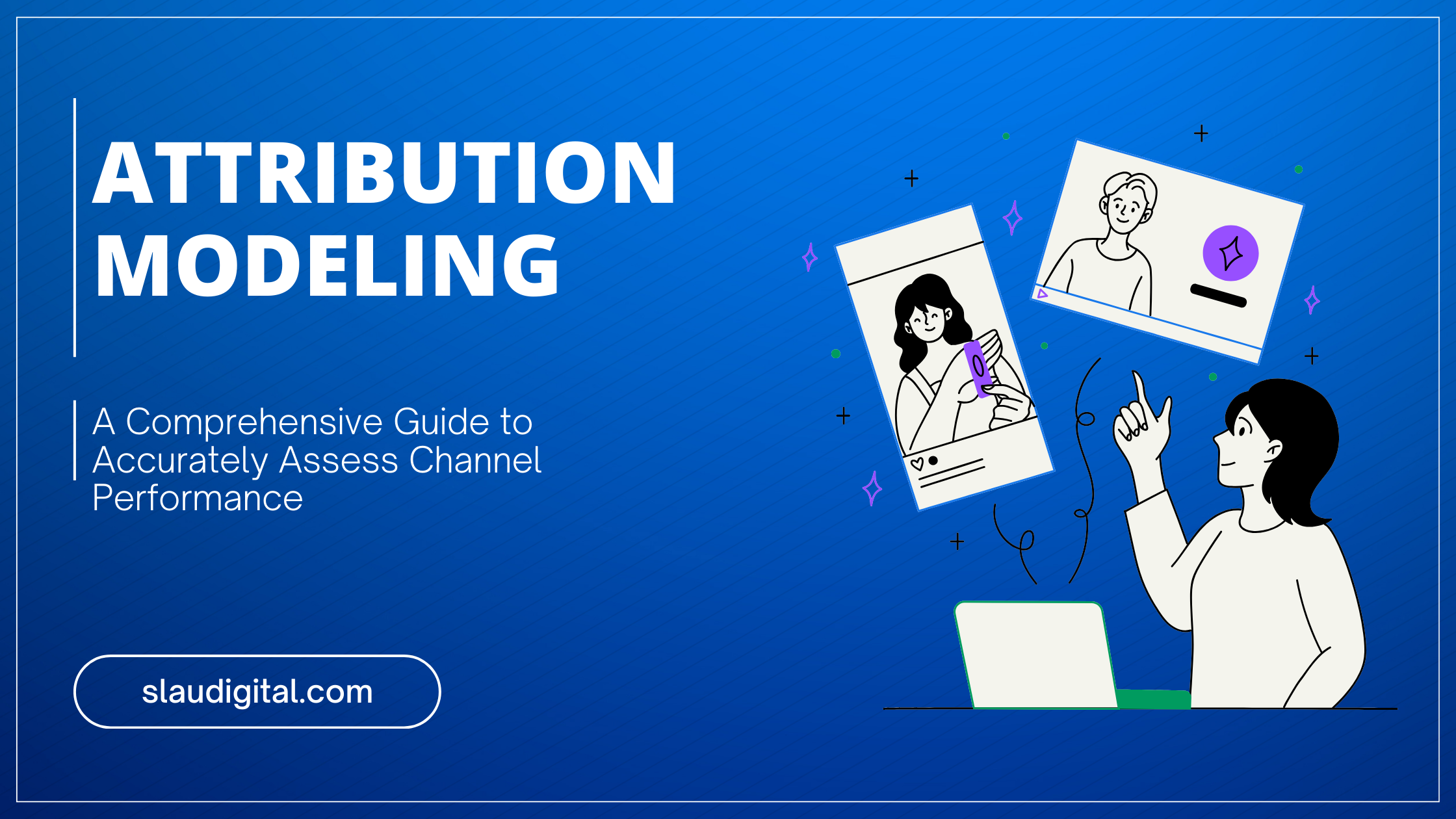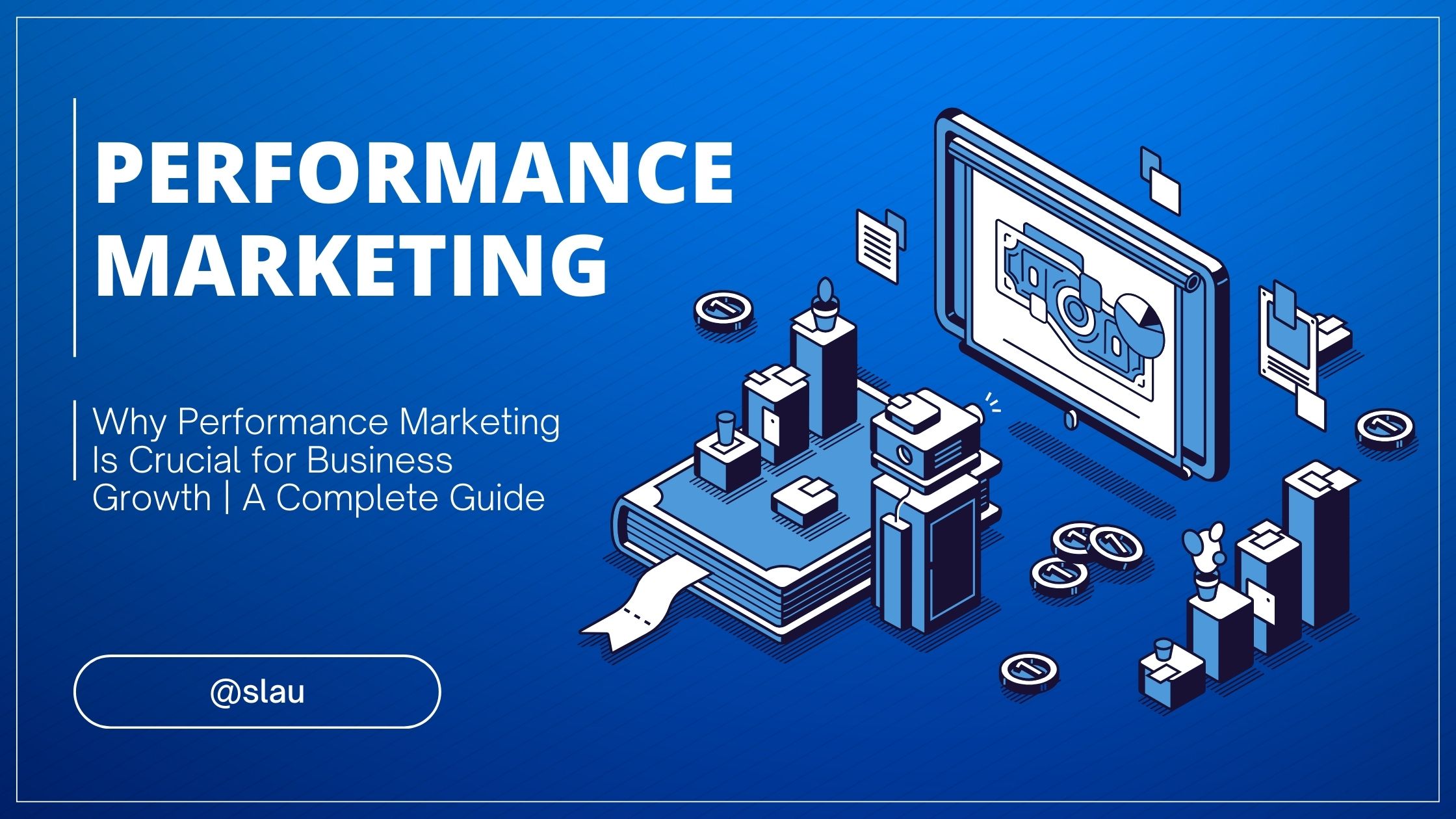Cost per Click (CPC) is one of the most closely-watched metrics in digital advertising. After all, no one wants to blow their budget on a handful of clicks that don’t lead to conversions. The challenge? Reducing your CPC without hurting the very campaign performance that justifies your ad spend in the first place.
In this guide, we’ll look at why CPC matters, explore data-backed strategies to lower it, and walk you through practical steps to keep your campaigns profitable. We’ll also highlight key statistics from industry studies so you can see exactly how—and why—these best practices work.
Key Statistics
- Average Google Ads CPC: $2.69 across all industries (WordStream)
- Long-Tail Keyword Conversion Rate: 2.5x higher than generic terms (HubSpot)
- Mobile Bounce: 53% of mobile visitors leave if site loads in over 3 seconds (Google)
- Page Load Delays: 1-second delay = 7% drop in conversions (Akamai)
- High Relevance Ads: Up to 30% CTR improvement with strong CTAs (WordStream)
Key Takeaways
- Quality Over Quantity
Don’t chase massive impressions at the expense of relevancy and engagement. A higher Quality Score directly lowers your CPC. - Target with Precision
Use long-tail keywords and negative keywords to filter out low-value clicks and zero in on high-intent prospects. - Adjust. Test. Repeat.
Successful PPC campaigns require ongoing experimentation—tweaking bids, testing ad creatives, and reviewing performance data. - Landing Pages Matter
A seamless, fast, and relevant landing page experience boosts Quality Score and reduces CPC by keeping users engaged. - Stay Curious
PPC success is an iterative process. Remain open to new features, ad formats, and optimization tools that can give you an edge.
Why CPC Matters in a Competitive Landscape
- Budget Stretch
The lower your CPC, the further your ad budget goes. You can afford more clicks for the same cost, increasing your potential customer reach. - ROI Factors
CPC directly impacts your Cost per Acquisition (CPA) and Return on Ad Spend (ROAS). If your clicks are cheaper, it’s easier to maintain a healthy margin as you scale. - Industry Benchmarks
WordStream reports that the average CPC on Google Ads across all industries is around $2.69. Certain verticals (like legal or insurance) can climb above $12. Knowing where you stand against your industry average helps you spot inefficiencies—or opportunities.
1. Maximize Your Quality Score
Quality Score (QS) is Google’s way of gauging how relevant your keywords, ads, and landing pages are to user queries. A high Quality Score can significantly lower your CPC because Google rewards relevancy with cheaper clicks and better ad placements.
- Expected Click-Through Rate (CTR)
Ads with a high CTR signal they’re resonating with users. Google often reduces CPC for ads that have proven they can capture attention. - Ad Relevance
Incorporate the main keyword naturally in your headlines and descriptions. For instance, if someone searches “eco-friendly shoes,” use that exact phrase to prove relevancy. - Landing Page Experience
Once users click, they expect a fast, relevant landing page. A Google study found that 53% of mobile visitors leave a site if it takes longer than 3 seconds to load. A higher bounce rate = a lower Quality Score = higher CPC.
Stat to Note: Slow loading pages hurt both conversions and Quality Score. Akamai’s research shows a 1-second delay can cause a 7% drop in conversions—which directly affects your ad ROI.
2. Refine Your Keyword Strategy
It’s tempting to bid on broad, high-traffic keywords. But those terms often come with fierce competition and a high CPC. Going more specific can yield better results.
- Long-Tail Keywords
Long-tail keywords (e.g., “women’s vegan running shoes size 8”) might attract fewer overall clicks, but those clicks come from high-intent users. A HubSpot study revealed that long-tail keywords can have a 2.5x higher conversion rate than generic terms. - Negative Keywords
Use negative keywords to filter out irrelevant searches. If you sell premium software, consider adding “free,” “cracked,” or “trial” as negative keywords to avoid wasted spend on users who aren’t ready to buy.
Pro Tip: Monitor your Search Terms Report in Google Ads regularly. You’ll discover new keywords to target and irrelevant ones to exclude.
3. Adjust Bids by Device, Location, and Time
One of the most underutilized features of Google Ads is bid adjustments. Rather than a one-size-fits-all approach, you can tailor your bids based on what’s working best.
- Device Targeting
If your data shows higher conversions at a lower CPC on mobile, increase bids for mobile users. Or do the opposite if desktop yields better results. - Location Bids
If you’re running ads nationwide, you may find certain regions are costlier yet less profitable. Decrease bids or exclude regions where ROI is sub-par, and funnel more budget into areas that convert at a lower CPC. - Time-of-Day and Day-of-Week
Check your performance data to see if weekends generate cheaper clicks or if evenings yield more qualified leads. Then, adjust your bids up or down accordingly.
Real-World Example: A local bakery might see a spike in orders during lunchtime on weekdays. They could bid higher between 11 AM–2 PM to capitalize on hungry office workers searching for “fast lunch near me.”
4. Craft Irresistible Ad Copy
Your ad copy is often your first (and sometimes only) shot at convincing a user to click. High-CTR ads typically enjoy lower CPCs because they signal relevancy to Google.
- Use Keywords Strategically
Don’t overstuff keywords, but ensure your primary term appears in the headline and possibly in one description line. - Highlight Your Unique Selling Proposition (USP)
Are you offering free shipping, a discount, or a new feature that competitors lack? Make it obvious. - Call-to-Action (CTA)
Action-oriented CTAs like “Shop Now,” “Sign Up,” or “Get 50% Off Today” can nudge the user from curiosity to click.
Stat to Note: WordStream found that highly relevant ads with strong CTAs can enjoy CTR improvements of up to 30%, which in turn can lower CPC by boosting Quality Score.
5. Optimize Landing Pages for Relevance and Speed
Don’t let an awesome ad lead to a disappointing landing page. Google’s algorithm tracks user behavior post-click, so a high bounce rate or low dwell time can hurt your QS—and your CPC.
- Match the Message
If your ad promises “Buy One, Get One 50% Off,” your landing page should mention that deal front and center. - Mobile-First Design
As of 2023, over 50% of web traffic comes from mobile (Statista). Make sure your pages look and function seamlessly on smartphones and tablets. - Clear Call-to-Action
Guide users to the action you want—filling out a form, making a purchase, or signing up for a newsletter. Don’t bury your CTA below the fold.
6. Monitor and Prune Underperforming Keywords
A big part of lowering CPC is getting rid of the dead weight—those keywords that rack up costs but barely convert.
- Set Thresholds
Determine an acceptable Cost per Acquisition (CPA). If certain keywords consistently exceed it, you either need to optimize or pause them. - Use the 80/20 Rule
In many campaigns, 80% of conversions come from around 20% of your keywords. Double down on the winners and drop or reduce bids on underperformers. - Negative Keyword Expansion
As you discover more irrelevant searches, keep updating your negative keyword list to block those clicks.
7. Adopt a Culture of Continuous Testing
PPC isn’t something you “fix” and forget. Trends change, competitors update their strategies, and Google’s algorithm is constantly evolving.
- A/B Test Ads
Always run at least two ad variations per ad group. Track CTR, conversions, and CPC for each. The version that performs better becomes your new baseline. - Test New Features
Explore automated bidding strategies (e.g., Target CPA, Maximize Conversions) if you feel comfortable. Just keep an eye on performance to ensure costs don’t skyrocket. - Ongoing Data Analysis
Schedule weekly or monthly reviews to evaluate your KPIs: CPC, CTR, Quality Score, CPA, and conversion rate. Spot any anomalies and adjust before problems get too big.
Frequently Asked Questions (FAQ)
Q1: How do I determine a “good” CPC for my industry?
Answer: Every industry has its own benchmarks. Start by checking average CPC ranges (e.g., $2.69 overall), then factor in your own profit margins and conversion goals. You can also research industry-specific data—legal and insurance can be upwards of $12 per click, while e-commerce might average around $1.
Q2: Should I use automated bidding strategies, or stick to manual?
Answer: Automated bidding (like Target CPA or Maximize Conversions) can save time and leverage Google’s algorithms. However, keep a close eye on performance—especially in the first few weeks. If costs spike or conversions drop, switch back to manual or try a different automated strategy.
Q3: Are long-tail keywords worth the effort if they have lower search volume?
Answer: Absolutely. Lower volume doesn’t mean lower value. Long-tail keywords often have less competition, cheaper CPCs, and clearer intent. This typically translates to higher conversion rates and better ROI.
Q4: How important is landing page speed, really?
Answer: Extremely important. Users will bounce if a page is too slow, especially on mobile. This bounce rate negatively impacts your Quality Score, driving up CPC. Even trimming one second off load time can substantially increase conversions.
Q5: How often should I refresh my ads or keywords?
Answer: There’s no strict rule, but a monthly or bi-weekly review helps catch issues early. If you have a smaller budget, you may need more frequent checks to ensure you’re not wasting spend on underperformers.
Conclusion
Lowering your Cost per Click doesn’t mean compromising campaign results; in fact, a well-managed campaign can see both CPC and CPA drop over time. By prioritizing Quality Score, refining keyword choices, leveraging bid adjustments, and optimizing landing pages, you’re setting yourself up for a cycle of continuous improvement—where each iteration pushes your CPC down and drives ROI up.
Remember, the digital advertising landscape is dynamic. Competition, user behavior, and even Google’s policies shift constantly. Stay alert, keep testing, and don’t be afraid to adapt. The strategies in this guide aren’t one-and-done hacks; they’re part of an ongoing practice that, when done consistently, can keep your costs in check and your campaign performance on the rise.
Good luck, and happy optimizing!


